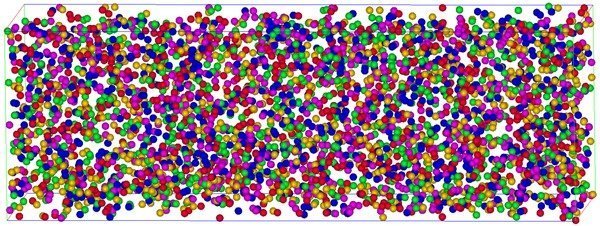Interstitial alloying in high-entropy alloys (HEAs) is an important strategy for tuning and improving their mechanical properties. Strength can be increased due to interstitial solid-solution hardening, while interstitial alloying can simultaneously affect, e.g., stacking fault energies (SFEs) and thus trigger different deformation mechanisms…


